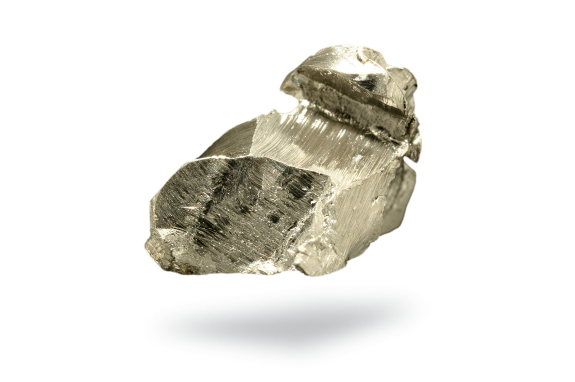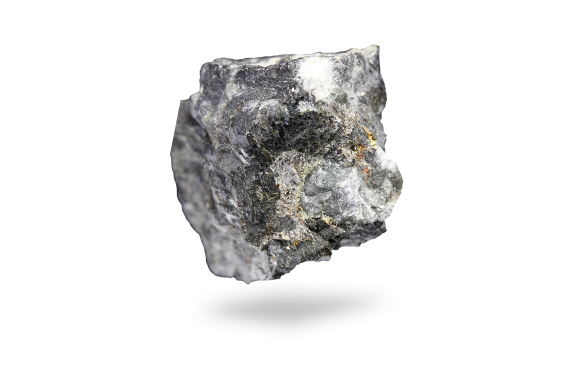Rhodium
Rhodium was identified in 1804 by Wollaston in a platinum ore from South America.
The name is derived from the Greek ροδον (pink) on account of the pinkish-red colour of rhodium salts.
Properties
- A silvery white, shiny metal.
- Does not tarnish in air.
- Exhibits outstanding resistance to corrosion.
- Endowed with high light-reflecting power and is very hard. Mechanically, it is one of the strongest metals.
- Brought to red-hot temperature in air, it converts slowly to the sesquioxide Rh2O3.
Applications
- An important component of car catalysts in that it contributes to the reduction of the nitrogen oxides NOx.
- Used in the manufacture of thermocouples, laboratory crucibles and bushings for drawing glass fibres, as well as in the production of high-grade glass (for computer screens).
- Electrodeposition of rhodium gives extremely hard coatings used in the manufacture of mirrors for optical instruments.
- In the form of very fine films, rhodium protects silverware against tarnishing.
- Rhodium used in jewelry, for example in the production of white gold
Recycling
Rhodium is mainly recycled from spent automotive catalysts.


